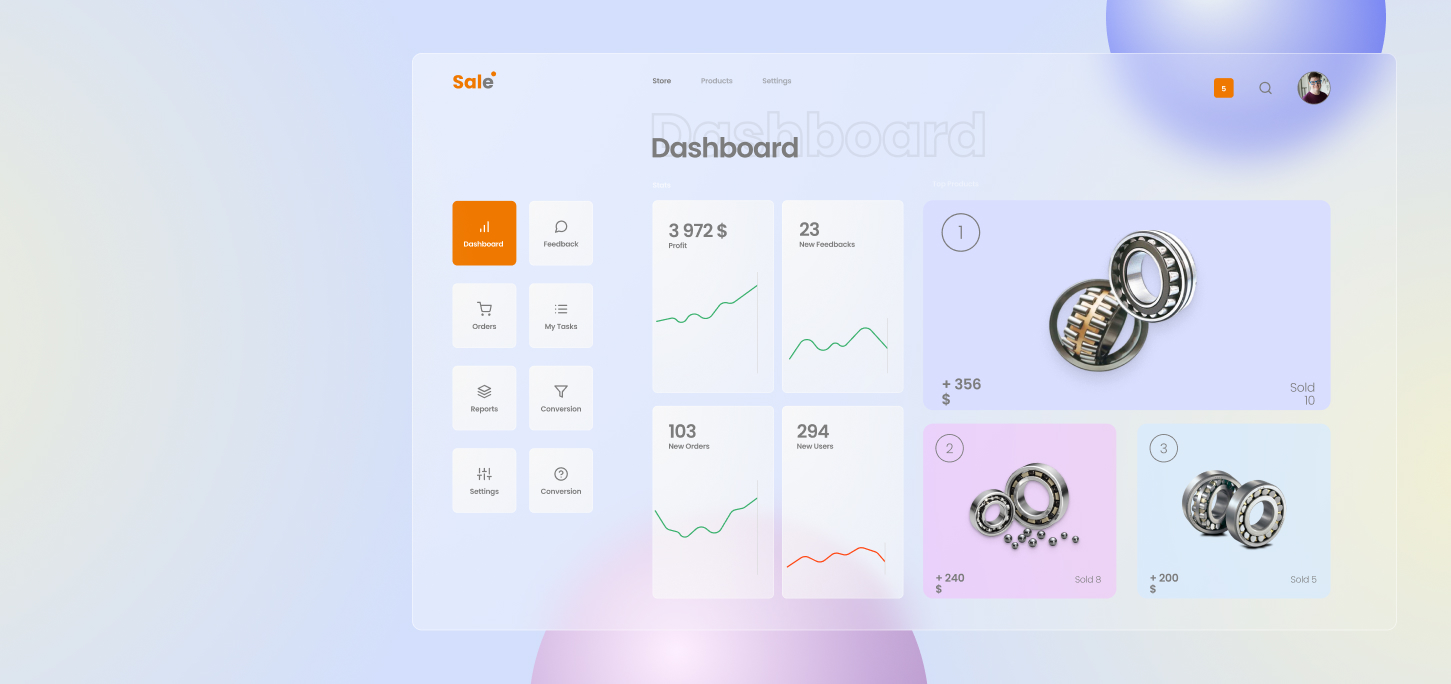What is RPA
Robotic Process Automation, or RPA, is a type of business processes automation that uses robots (special programs) that interact with the user interface.
Basically, robots copy human actions: they can see open apps, understand where the text fields, buttons, tables, and other interface elements are. They know how to enter data, press buttons, and so on. They can be used to copy and paste data, do simple analytics and even process data by complex algorithms using AI.
The main advantage of robots over classical programming is that they can interact with the user interface. This makes it possible to automate multi-system processes without using APIs.
It is possible to automate anything from office apps to ERP systems, basically, any systems which can be used by a human
RPA can be used in different departments, some examples include:
- Cost reduction
- Employees are freed from routine work and can spend more time on complex creative tasks. Meanwhile, robots can do operations like clicking buttons, copy and paste text, build reports, work with scanned documents, databases, send messages in messengers.
- No errors when entering data
- RPA saves time, thus growing the overall corporate performance
Main benefits of robotization:
- Cost reduction
- Employees are freed from routine work and can spend more time on complex creative tasks. Meanwhile, robots can do operations like clicking buttons, copy and paste text, build reports, work with scanned documents, databases, send messages in messengers.
- No errors when entering data
- RPA saves time, thus growing the overall corporate performance
Alternatives to RPA:
- No automation. If the process is very complex with many exceptions and requires taking intellectual decisions, it might be better to keep it manual.
- Classical business processes automation. Might be a better solution when the automation is within one system.
In conclusion
When the process involves more than one system, RPA is better than classical automation due to easier implementation (might take just a few weeks to a couple of months), faster ROI, and minimal changes in the IT systems.
You can see an example of RPA in one of our projects.
If you would like to automate your processes using RPA, feel free to get in touch with us to discuss your project.

